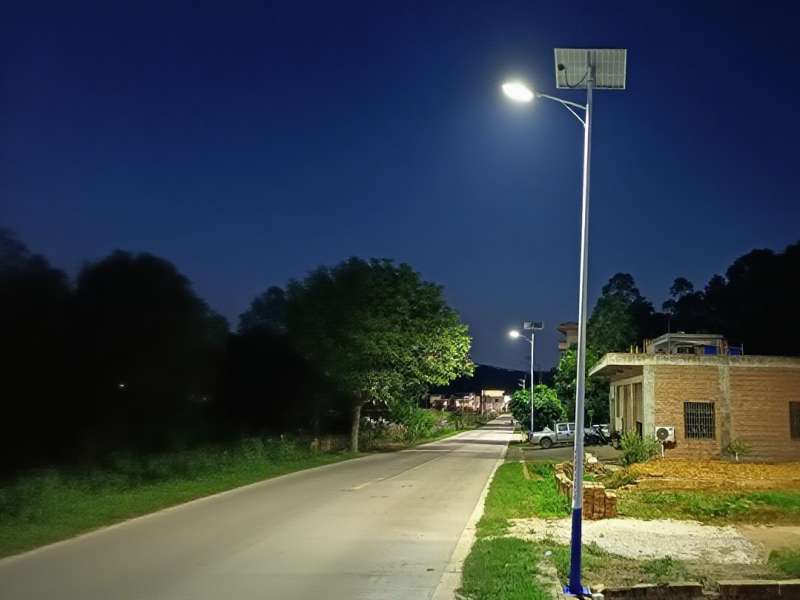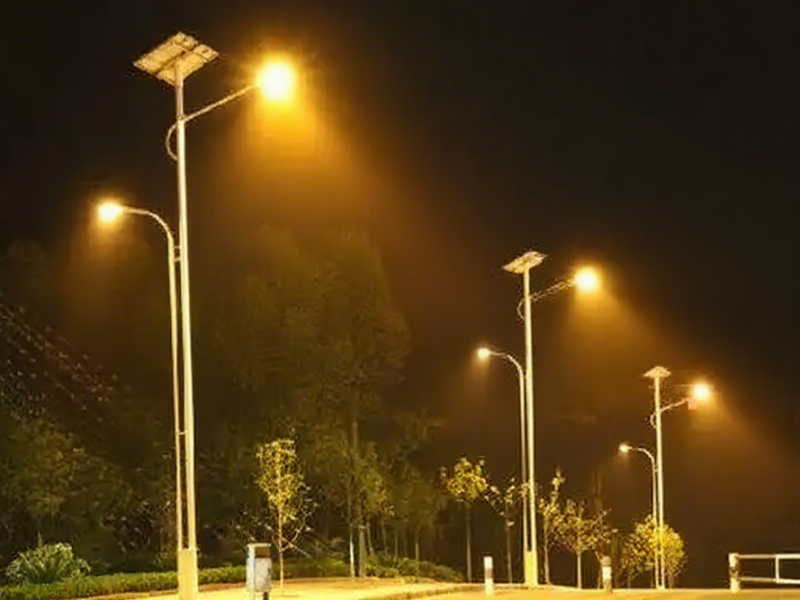Many people don’t know what a streetlight lens is. Today, Tianxiang, a street lamp provider, will provide a brief introduction. A lens is essentially an industrial optical component specifically designed for high-power LED streetlights. It controls light distribution through secondary optical design, improving lighting efficiency. Its core function is to optimize light field distribution, enhance lighting effects, and reduce glare.
Compared to traditional high-pressure sodium lamps, LED lamps are energy-efficient and environmentally friendly, with lower costs. They also offer significant advantages in luminous efficiency and lighting effects, making it no surprise that they are now a standard component for solar streetlights. However, not just any LED light source can meet our lighting requirements.
When purchasing accessories, it’s important to carefully consider the details, such as the LED lens, which affects light efficiency and luminous efficiency. In terms of materials, there are three types: PMMA, PC, and glass. So which lens is most suitable?
1. PMMA streetlight lens
Optical-grade PMMA, commonly known as acrylic, is a plastic material that’s easy to process, typically through injection molding or extrusion. It boasts high production efficiency and convenient design. It’s colorless and transparent, with excellent light transmittance, reaching approximately 93% at a thickness of 3mm. Some high-end imported materials can reach 95%, enabling LED light sources to exhibit excellent luminous efficiency.
This material also offers excellent weather resistance, maintaining performance even under harsh conditions for extended periods, and exhibits excellent aging resistance. However, it should be noted that it has poor heat resistance, with a heat deflection temperature of 92°C. It’s primarily used in indoor LED lamps, but is rarely used in outdoor LED fixtures.
2. PC streetlight lens
This is also a plastic material. Like PMMA lenses, it offers high production efficiency and can be injection molded or extruded to meet specific requirements. It also offers exceptional physical properties, including excellent impact resistance, reaching up to 3kg/cm, eight times that of PMMA and 200 times that of ordinary glass. The material itself is unnatural and self-extinguishing, offering a higher safety rating. It also exhibits excellent heat and cold resistance, maintaining its shape within a temperature range of -30°C to 120°C. Its sound and heat insulation performance is also impressive.
However, the material’s inherent weather resistance is not as good as PMMA, and UV treatment is typically added to the surface to enhance its performance. This absorbs UV rays and converts them into visible light, allowing it to withstand years of outdoor use without discoloration. Its light transmittance at a thickness of 3mm is approximately 89%.
3. Glass streetlight lens
Glass has a uniform, colorless texture. Its most notable feature is its high light transmittance. Under standard conditions, it can reach 97% at a thickness of 3mm. Light loss is minimal, and the range of light is significantly superior. Furthermore, it is hard, heat-resistant, and weather-resistant, making it minimally affected by external environmental factors. Its light transmittance remains unchanged even after years of use. However, glass also has significant disadvantages. It is much more brittle and easily shatters under impact, making it less secure than the other two options mentioned above. Furthermore, under the same conditions, it is heavier, making it inconvenient to transport. Furthermore, this material is much more complex to produce than the aforementioned plastics, making mass production difficult.
TIANXIANG, a street lamp provider, has been dedicated to the lighting industry for 20 years, specializing in LED lamps, light poles, complete solar street lights, flood lights, garden lights, and more. We have a strong reputation, so if you are interested, please contact us for more information.
Post time: Aug-12-2025


